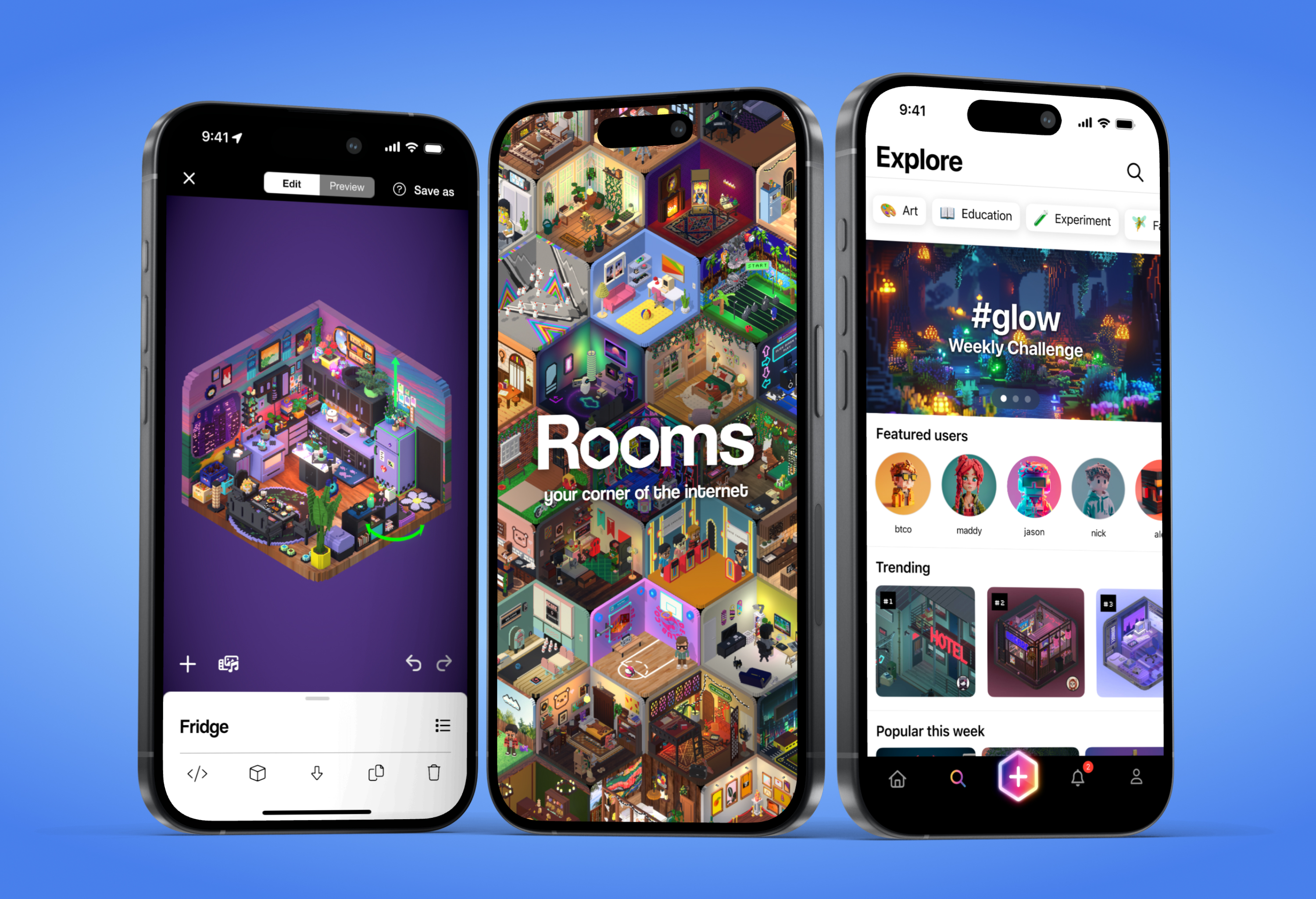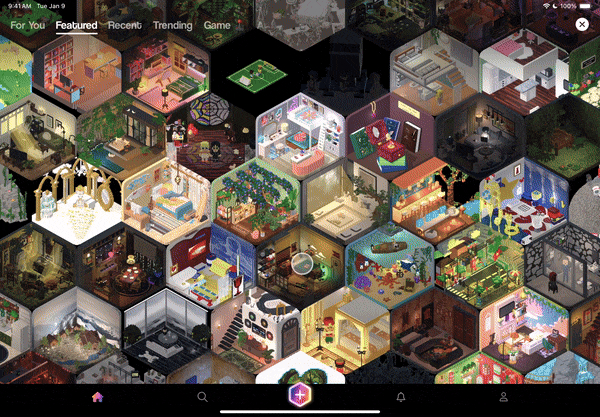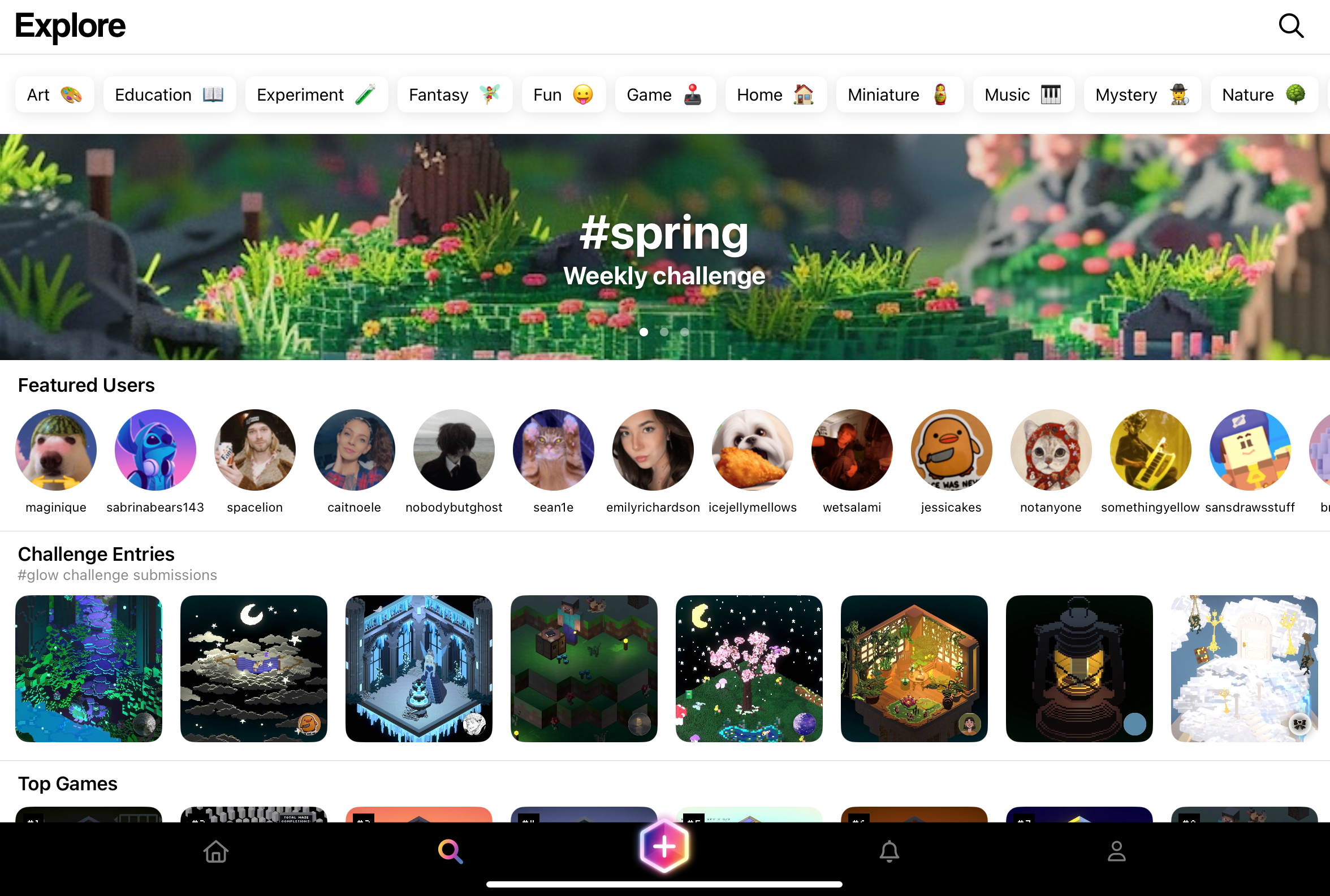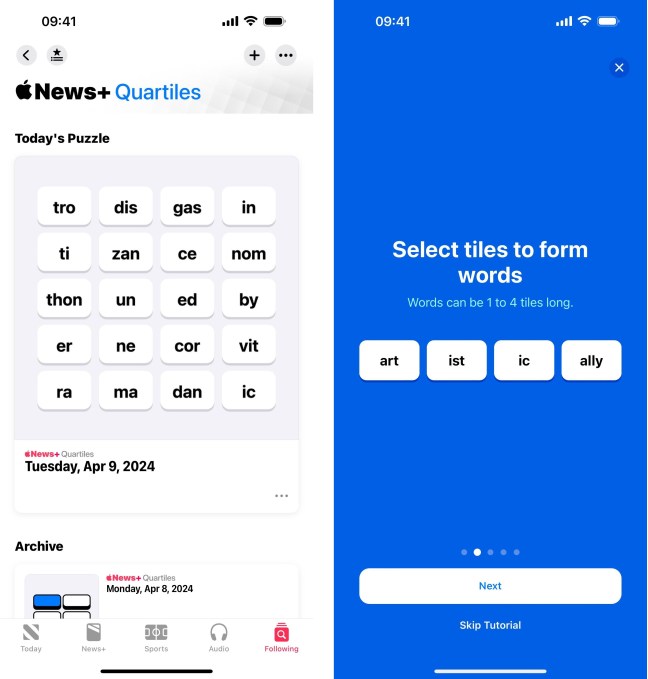
For an indie developer building a game on their own, compliance with regulations is likely the last thing on their list of priorities — they first have to finish writing the code, designing the mechanics and running endless rounds of tests to make sure the game is actually fun to play. But compliance is often not a choice, especially when it comes to child safety, and that’s a task that gets harder every year as regulations evolve fast and frequently around the world.
A startup called k-ID wants to smoothen that compliance journey, and it has now raised $45 million in a Series A round to build out its platform that makes it easy for game devs to comply with child safety and data privacy regulations.
Andreessen Horowitz, an existing investor in the startup, and Lightspeed Venture Partners led the funding round. Okta, Z Venture Capital (owned by Z Holdings, a JV between SoftBank and Naver), and existing backers Konvoy Ventures and TIRTA Ventures also participated in the round. The round brings the company’s total money raised to $51 million.
“The challenge that our technology solves — what can you do with a child once they arrive in an online world — is today solved by lawyers and engineers manually,” k-ID’s CEO and co-founder, Kieran Donovan, told TechCrunch. Donovan previously worked as a partner at law firm Latham & Watkins, where he advised tech and gaming companies for over a decade. “A huge part of that over the last few years has been supporting game publishers to build youth experience and family tools that navigate the regulatory complexity.”
The fundraise comes at a critical time for the gaming industry — as more young people play games that connect to the internet, developers and publishers are increasingly catering to a global audience, which means they have to spend a lot of time and effort making sure their game doesn’t run afoul of regional laws.
k-ID lets game developers and publishers access its solution via APIs or, if they’re on mobile, an SDK (software development kit). Its product essentially connects to the game and helps developers quickly customize it to meet the compliance requirements of each market.
Donovan said k-ID’s software offers single sign-on for kids, and offers a way for a child’s guardian to scan a QR code and unlock features within a game that may require parental approval. It can also automatically customize which facets of a game a child can access — in line with local regulations and cultural nuances. “For parents, it’s one unified console to manage and engage with all of their child’s gaming,” Donovan said. There’s also an option that lets guardians approve or deny access to any AI content or tools that a child may come across within a game.
In addition to the Series A, k-ID also said it had partnered with ESRB for its Privacy Certified program, which will give the startup’s customers a way to obtain the ESRB Privacy Certified Kids Seal.
“Today, there’s probably no space more complex than the regulation that applies to kids and teens online. Whether it’s chat, algorithms, content, loot boxes or even the definition of a child (which can be as young as under seven or as old as under 21, depending on the country), there’s so much to navigate,” Donovan said.
k-ID launches a solution that helps game developers comply with ever-changing child safety regulations









